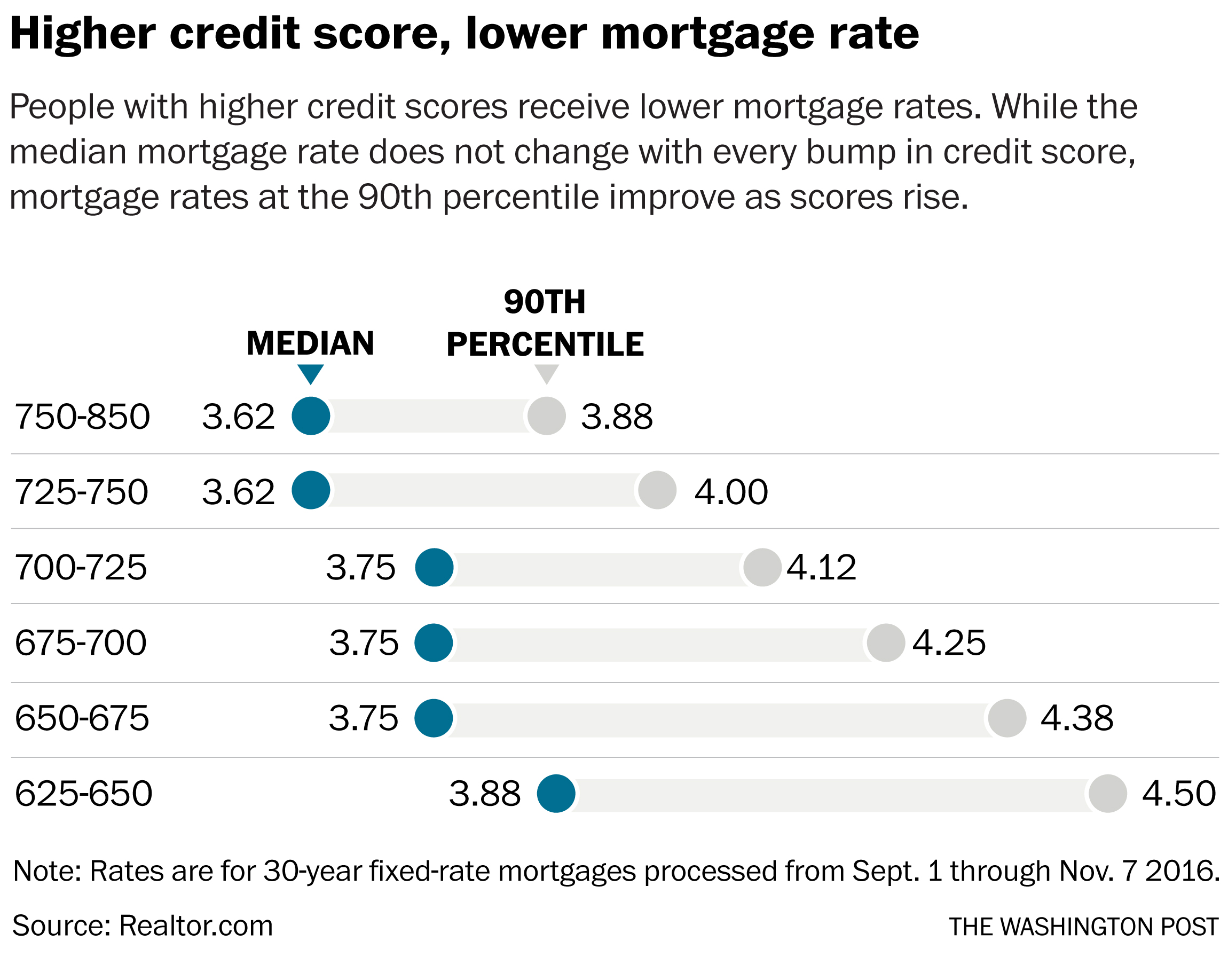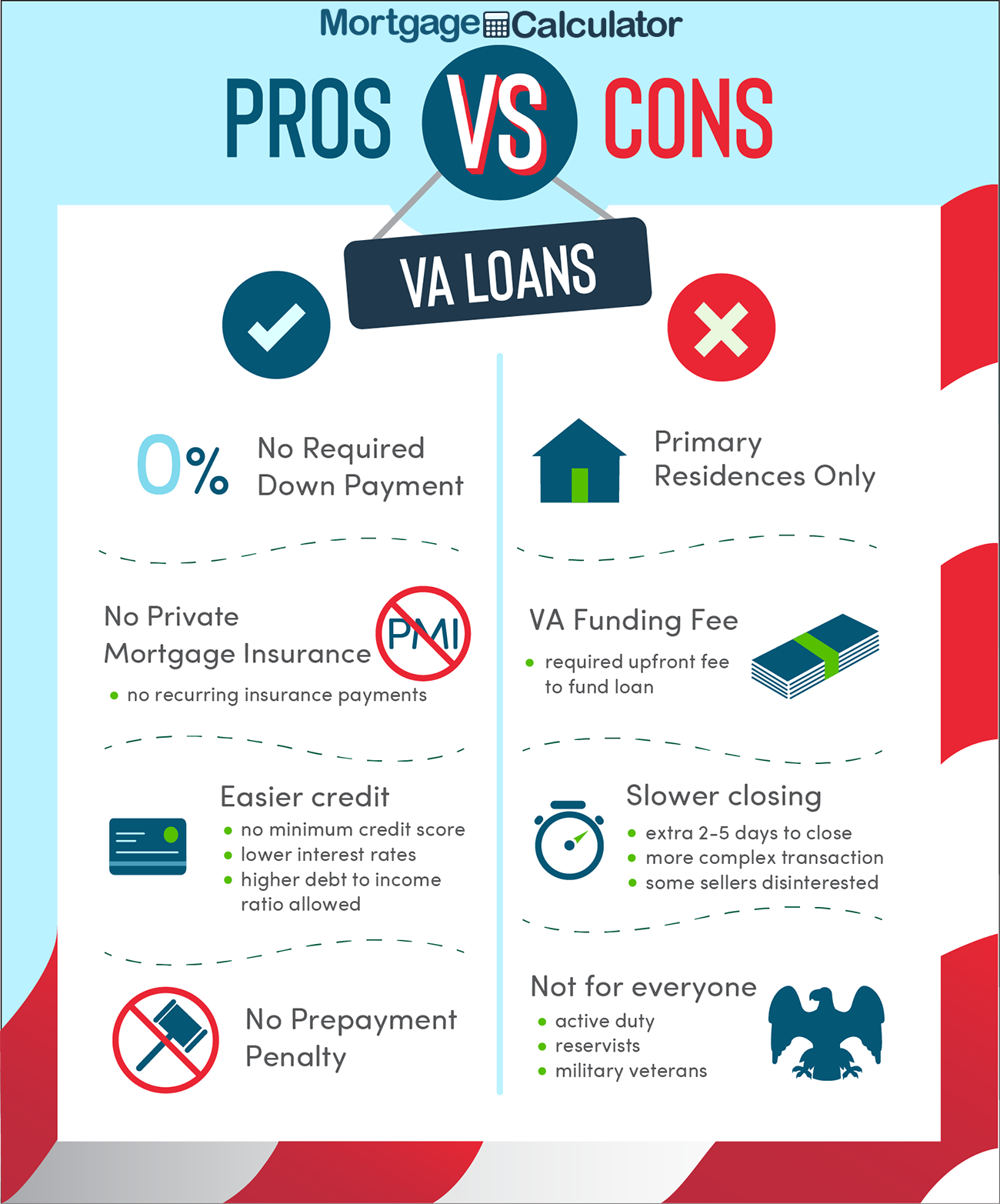A larger deposit on a conventional loan will also accelerate the procedure of reaching 80% on your loan-to-value (LTV) ratio, which is the percentage of just how much you still owe on your home mortgage - why reverse mortgages are a bad idea. You can stop paying home loan insurance coverage once the cash you've paid towards your home, consisting of the deposit, reaches 20% of your home's worth, or 80% LTV which reduces your regular monthly payments.
If you want to make a 20% deposit to avoid being hit with mortgage insurance coverage fees, you can estimate how much house you can pay for by multiplying your savings by 5. For example, if you had $34,000 in your cost savings the typical cost savings account balance in 2013 you could manage to finance a $170,000 house without purchasing mortgage insurance.
As such, it is crucial that you factor these monthly costs into your budget when determining the quantity of mortgage financial obligation you can manage. Numerous very first time house buyers struggle to get authorized for mortgages due to the fact that they can't satisfy the typical 20% deposit minimums on the size of get out of my timeshare home they desire.
If either of these describes your circumstance, you might have the ability to minimize your down payment through a government loan. Both the Federal Housing Administration (FHA) and the Veterans Administration (VA) run mortgage programs for qualified Americans. First-time house buyers with little credit history or a bad credit profile may think about obtaining an FHA mortgage instead of a traditional loan.

Borrowers with poor credit also tend to receive greater rate of interest, which can considerably increase your regular monthly home mortgage payment. Nevertheless, FHA loans are likewise a great alternative if your credit rating is above 580 but you desire to make a smaller deposit than permitted by a traditional loan provider. As with other forms of debt financing, you're most likely to be authorized for an inexpensive loan if you've built a strong credit profile and have healthy cost savings.
Another approach that numerous states have actually begun offering are. It's possible to pay a low down payment on a conventional loan if you have exceptional credit, however most banks require a down payment of 5% or more for the typical customer. Government-backed FHA mortgages, which have a 3. 5% minimum down payment, can be a more budget-friendly choice for those seeking a smaller sized up-front expense though, as pointed out above, all FHA customers need to pay monthly insurance expenses for the life of the loan.
The included MIP or https://storeboard.com/blogs/general/some-ideas-on-how-do-you-reserach-mortgages-records-you-should-know/4537832 PMI charge can be a pricy long term cost and might negate the monetary advantage of making a low down payment. Given the large expenditure of purchasing a home, it's most advisable to save enough money to make a 20% down payment and avoid paying for insurance, specifically if you expect your budget to be tight in the coming years.
Our How Many Types Of Reverse Mortgages Are There Diaries
Your deposit plays an essential role when you're purchasing a house. A deposit is a percentage of your house's purchase rate that you pay up front when you close your home loan. Lenders typically look at the deposit amount as your investment in the home. Not just will it affect how much you'll require to obtain, it can likewise influence: Whether your lender will require you to spend for personal home loan insurance (PMI).
Your rate of interest. Because your deposit represents your financial investment in the home, your loan provider will frequently provide you a lower rate if you can make a higher down payment. So how much of a down payment will you need to make? That depends upon the purchase cost of your home and your loan program.
The quantity of your deposit assists provide your lender the loan-to-value ratio (LTV) of the home. LTV is one of the primary factors along with debt-to-income-ratio and credit report that a lender considers when choosing whether or not to extend you credit. Your loan-to-value ratio suggests just how much you will owe on the home after your deposit, and is expressed as a portion that reveals the ratio in between your home's overdue principal and its appraised value.

Here's the formula: Loan quantity appraisal value or purchase rate (whichever is less) = loan-to-value (LTV) The house you desire to purchase has an evaluated value of $205,000, however $200,000 is the purchase priceThe bank will base the loan quantity on the $200,000 figure, because it's the lower of the 2You have $40,000 for a deposit, so you require a $160,000 loan to satisfy the $200,000 purchase priceYour loan-to-value equation would appear like this: $160,000 $200,000 =.
80 by 100% which offers you an LTV of 80% If your deposit is lower than 20%, your loan-to-value ratio for conventional funding will be higher than 80%. In that case, your loan provider might require you to pay personal home mortgage insurance coverage, because they're lending you more cash to purchase the house and increasing their potential risk of loss if the loan should enter into default.
When you consider how much to put down on your home, think of your lender's requirements and what a greater or a lower down payment will indicate for you. Is it worth it to you to pay private home loan insurance coverage every month in order to receive the other benefits of homeownership? Or would it make more sense for you to conserve for a larger down payment and avoid PMI, even if that means waiting longer to purchase a house? Knowing the financial effect of each option can assist you make your choice with self-confidence.
For novice home buyers, the obstacle of coming up with a 20% home loan down payment is typically tough sufficient to keep them out of the market. However the 20% deposit is all however dead and has been for quite some time, especially for newbie buyers. Get answers to concerns about your home loan, travel, financial resources and maintaining your assurance.
7 Easy Facts About Who Has The Best Interest Rates For Mortgages Shown
Due to the fact that outliers can alter an average, the telling figure for what other home buyers put down is the median down payment, implying half paid that much or above, and half paid that much or below. For novice house purchasers who funded the purchase, the typical down payment was 7%, according to a 2018 survey by the National Association of Realtors.
" The other half still think that they must have at least 20% down in order to get approved for a house mortgage." The minimum down payment for a house depends on the type of loan and a lender's requirements. Here are the minimum deposit requirements for the most typical types of loans.Conventional loans,which aren't guaranteed by the federal government, can have down payments as low as 3% for qualified purchasers. 5% down. FHA loans enable lower minimum credit report than conventional loans.VA loans for military service members and veterans, and USDA loans for specific rural and rural buyers, usually require no deposit. VA loans are backed by the U.S. Department of Veterans Affairs, and USDA loans are guaranteed by the U.S.